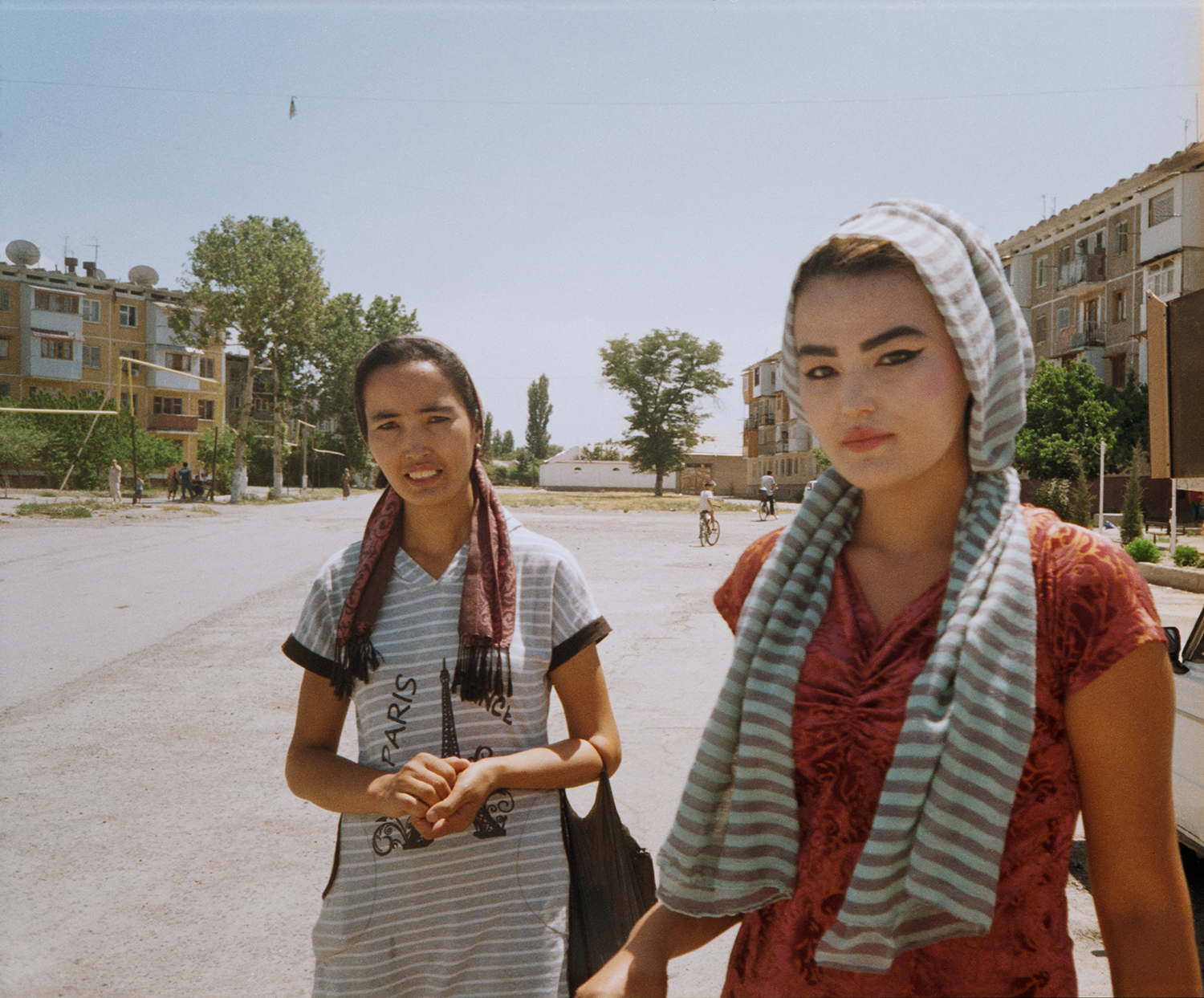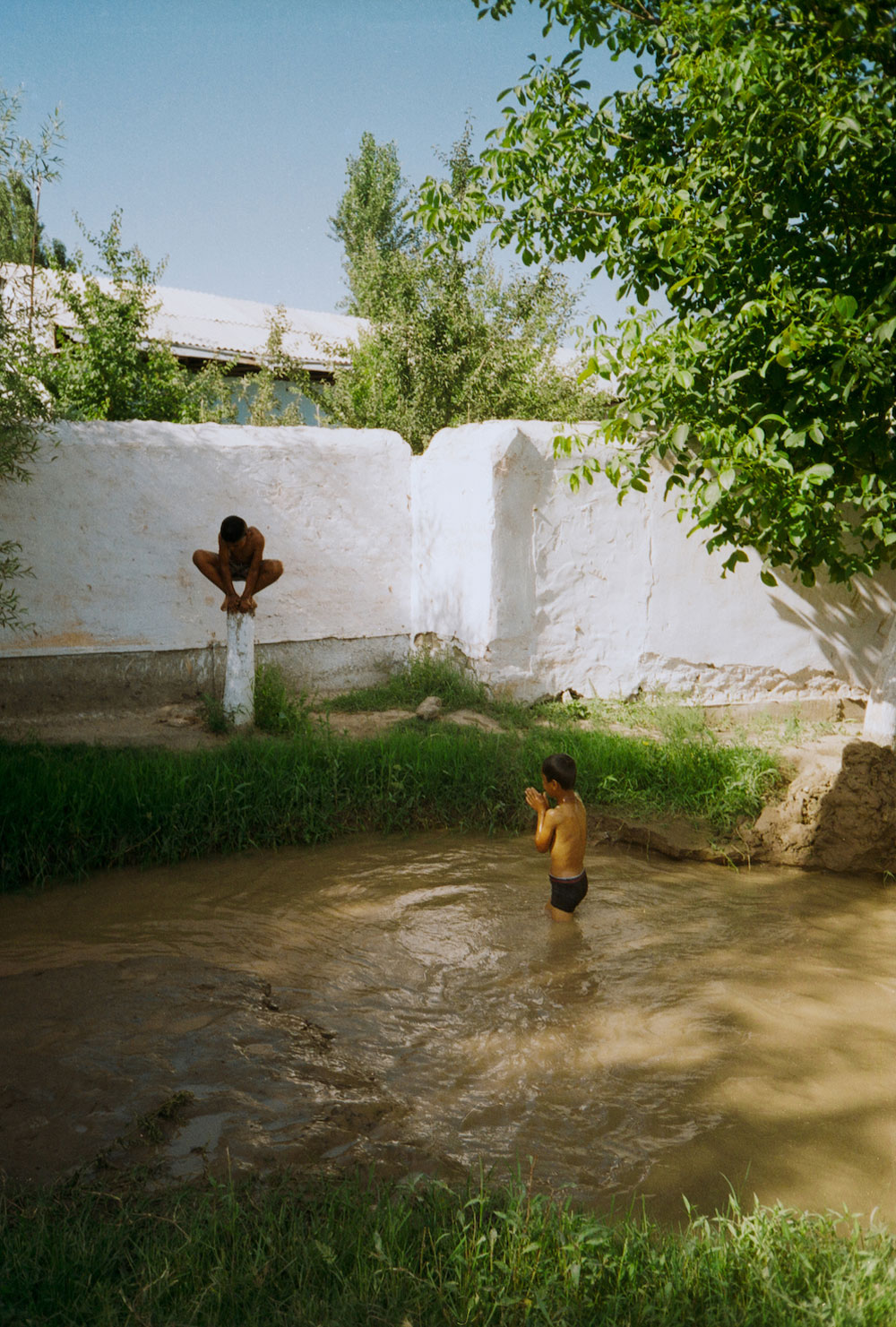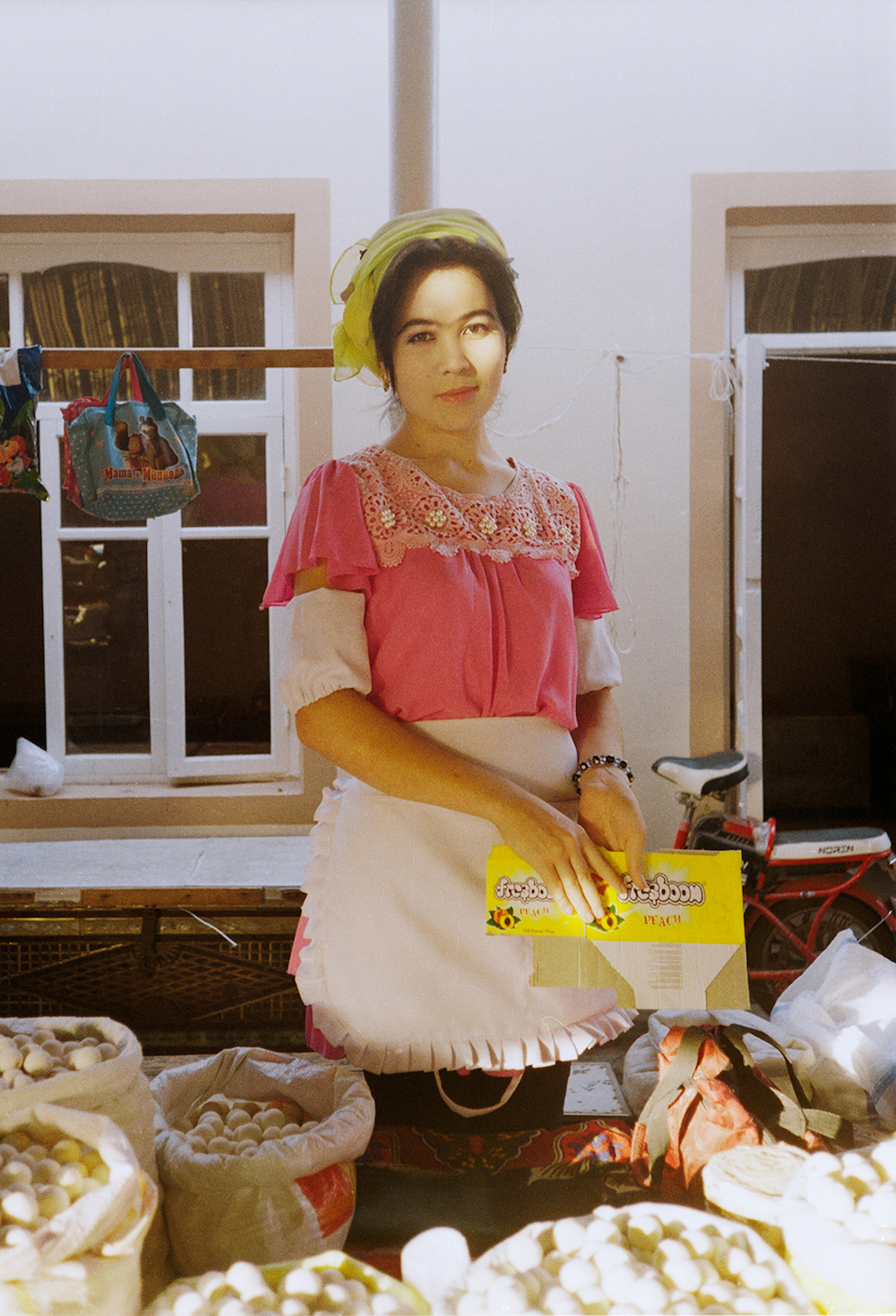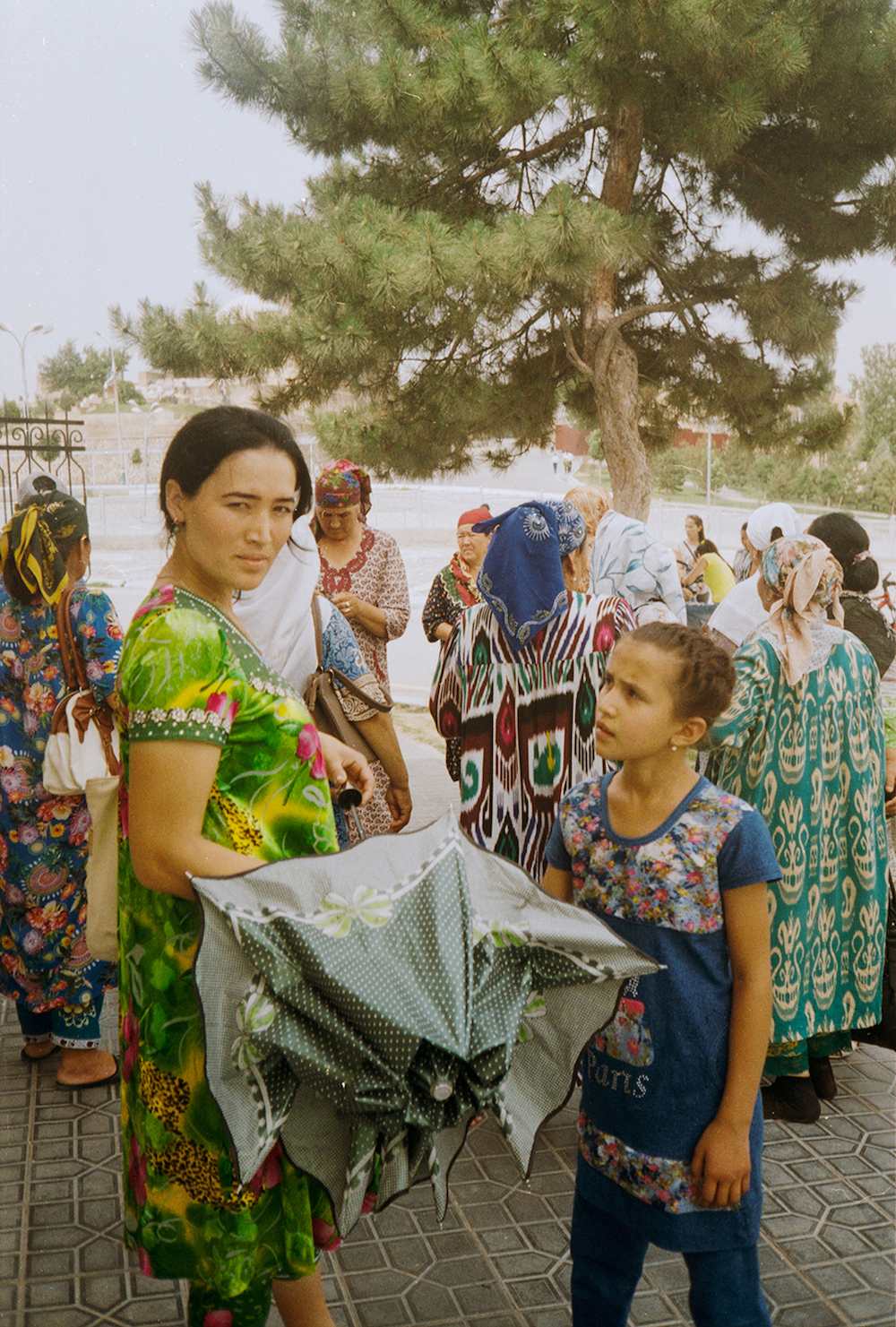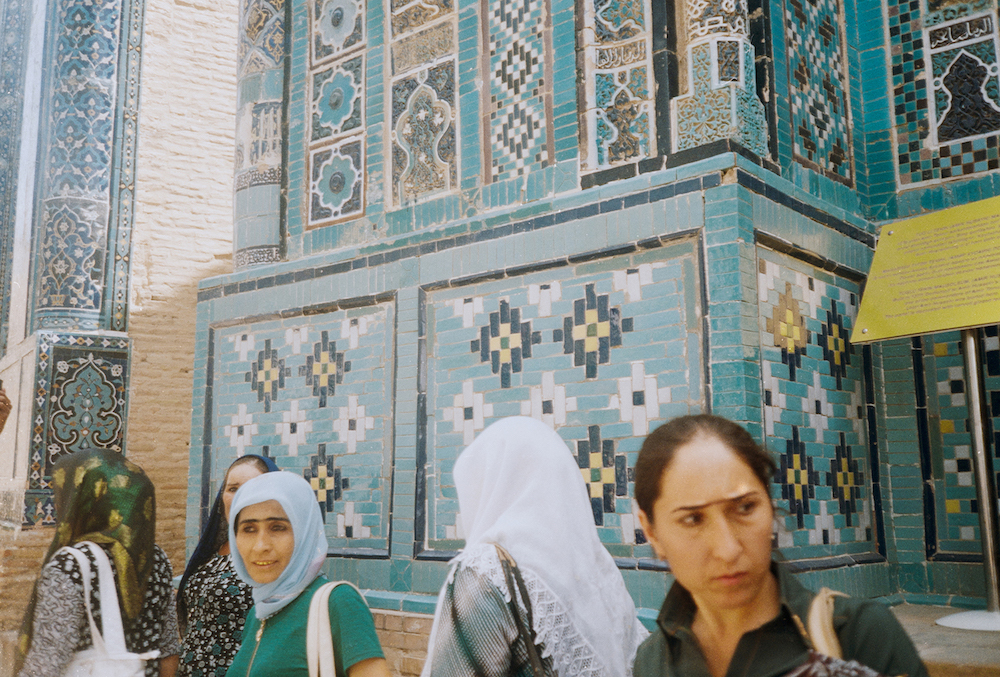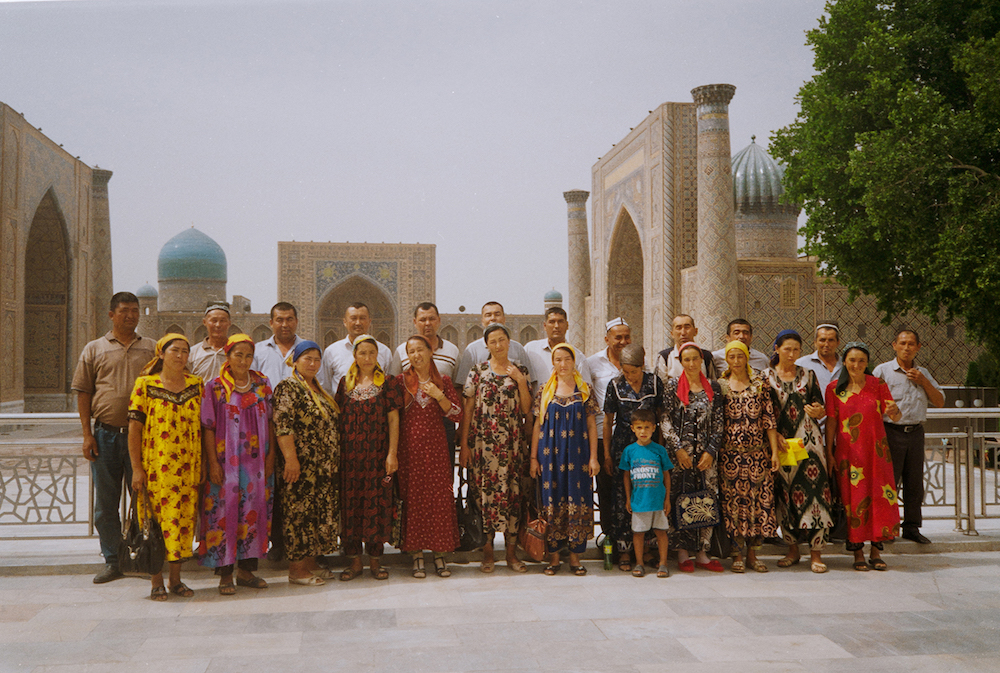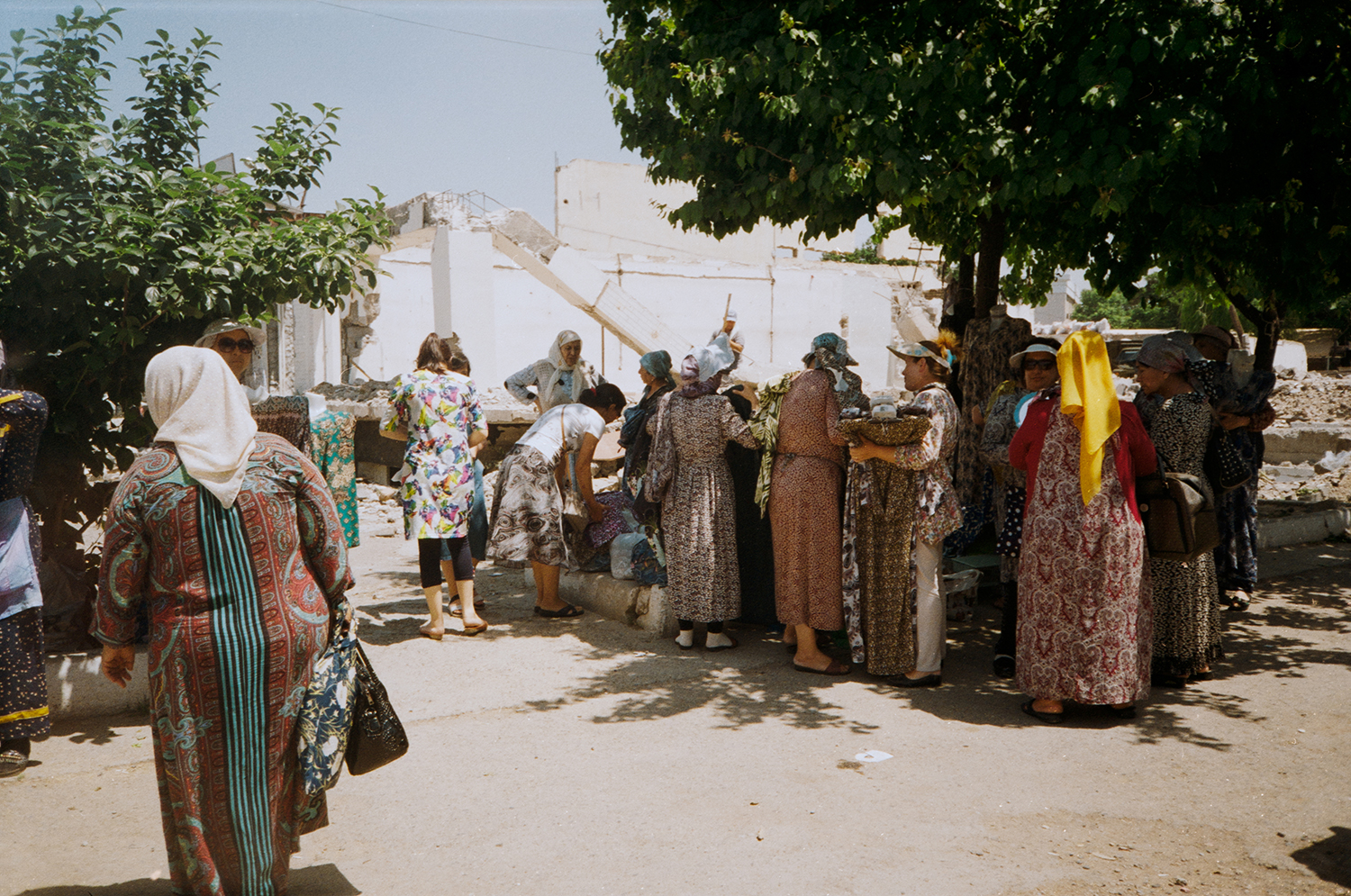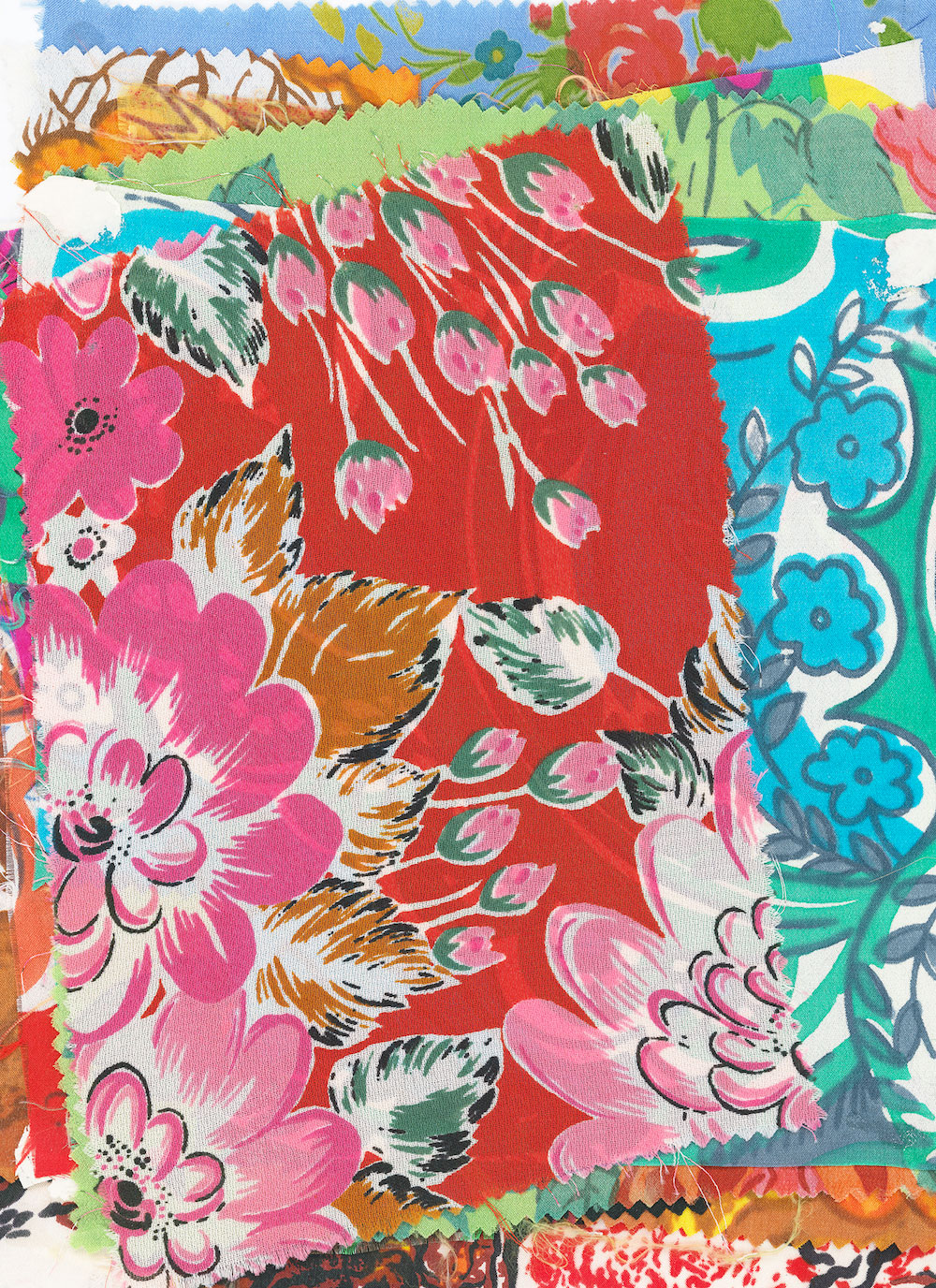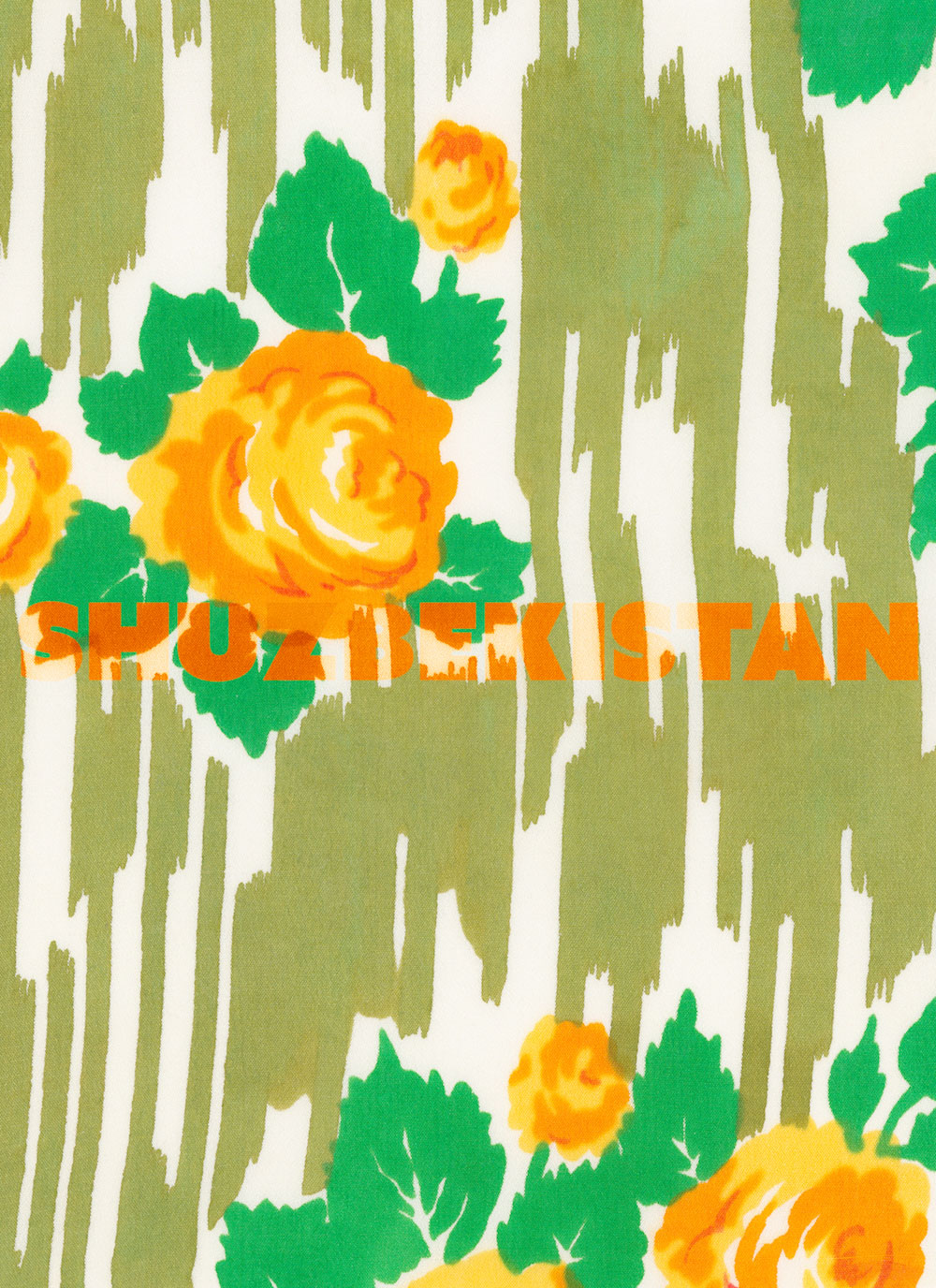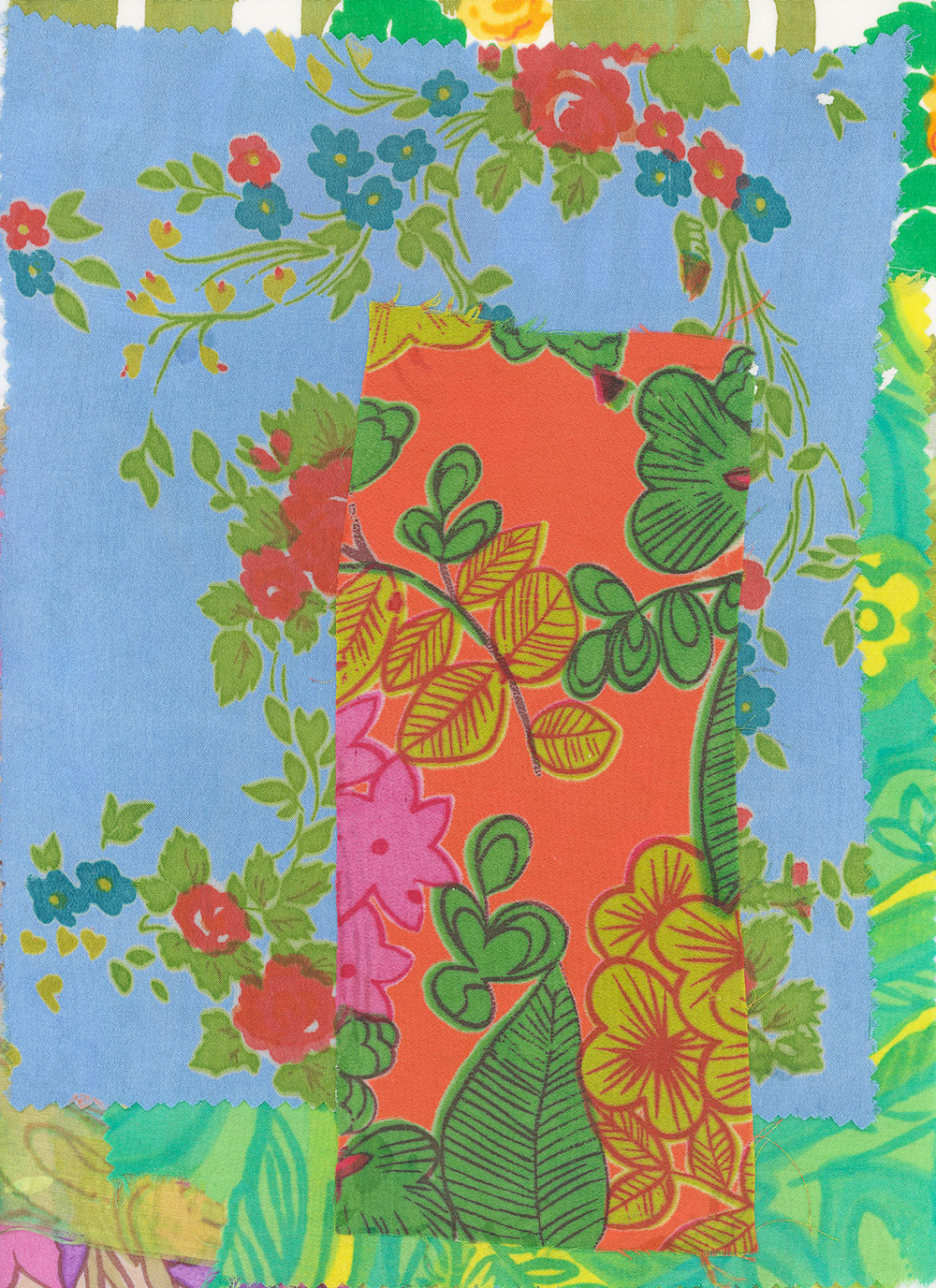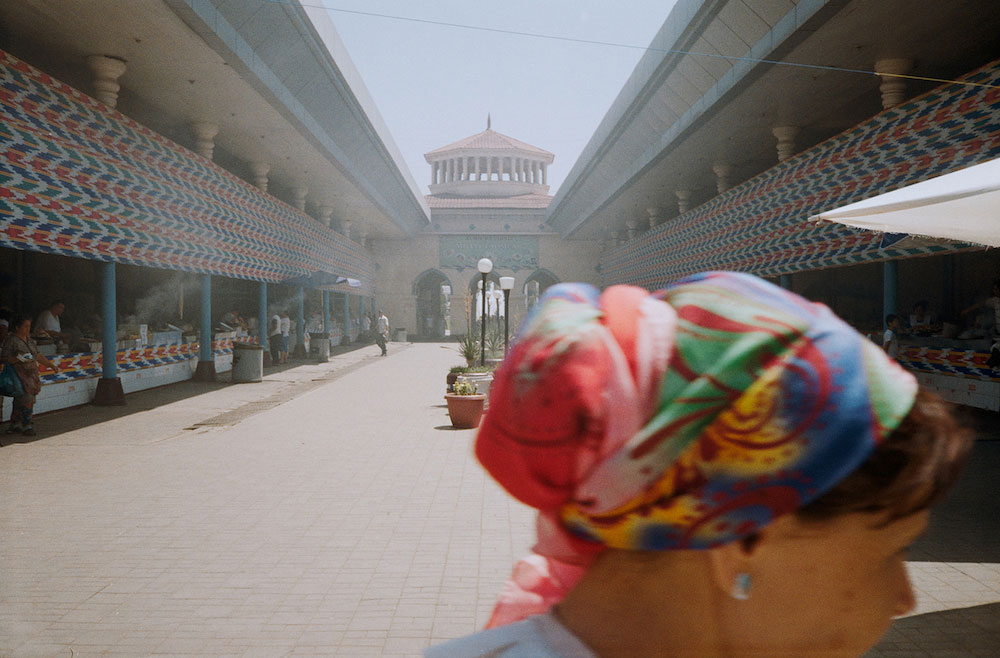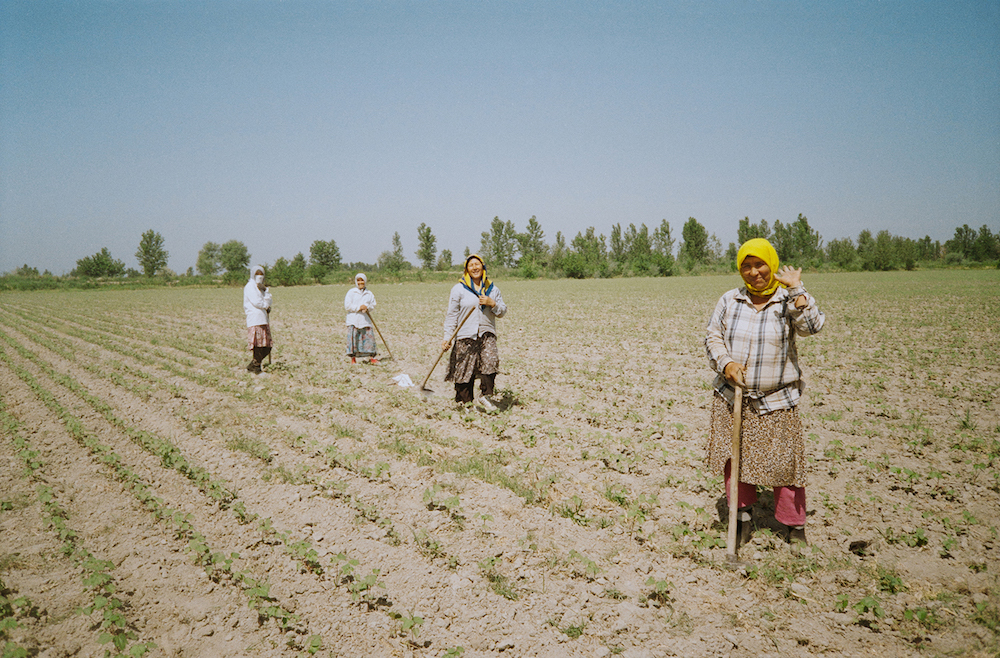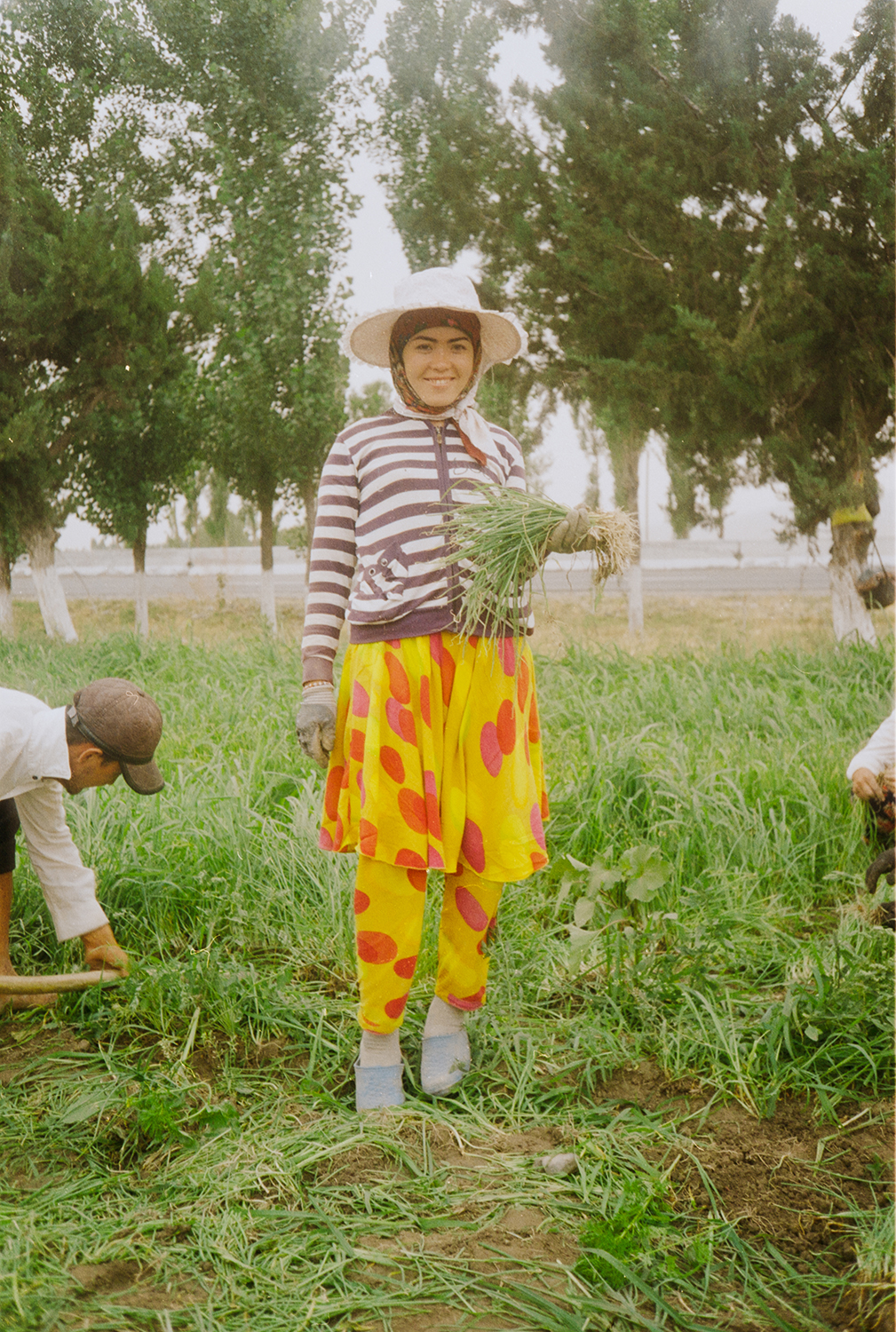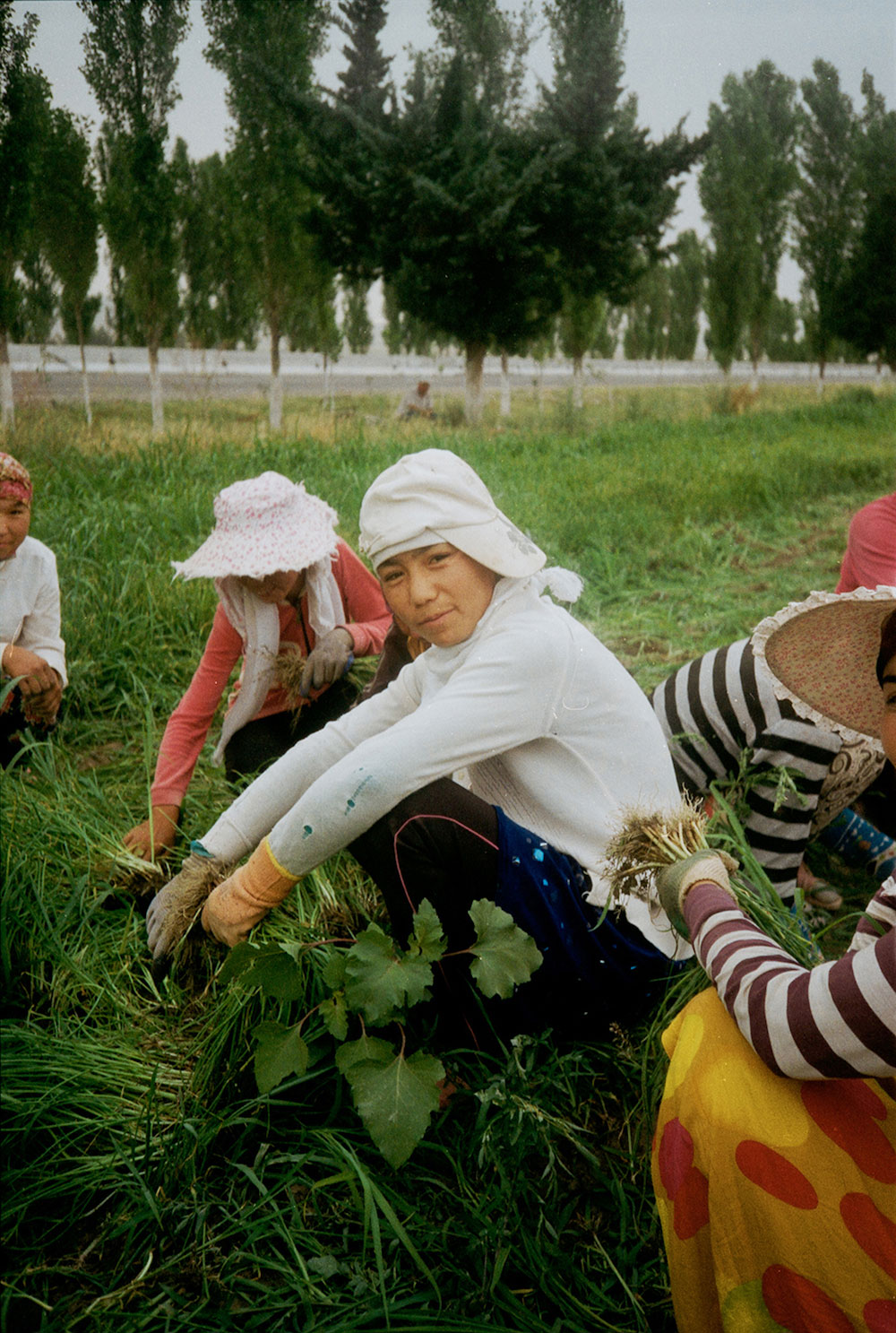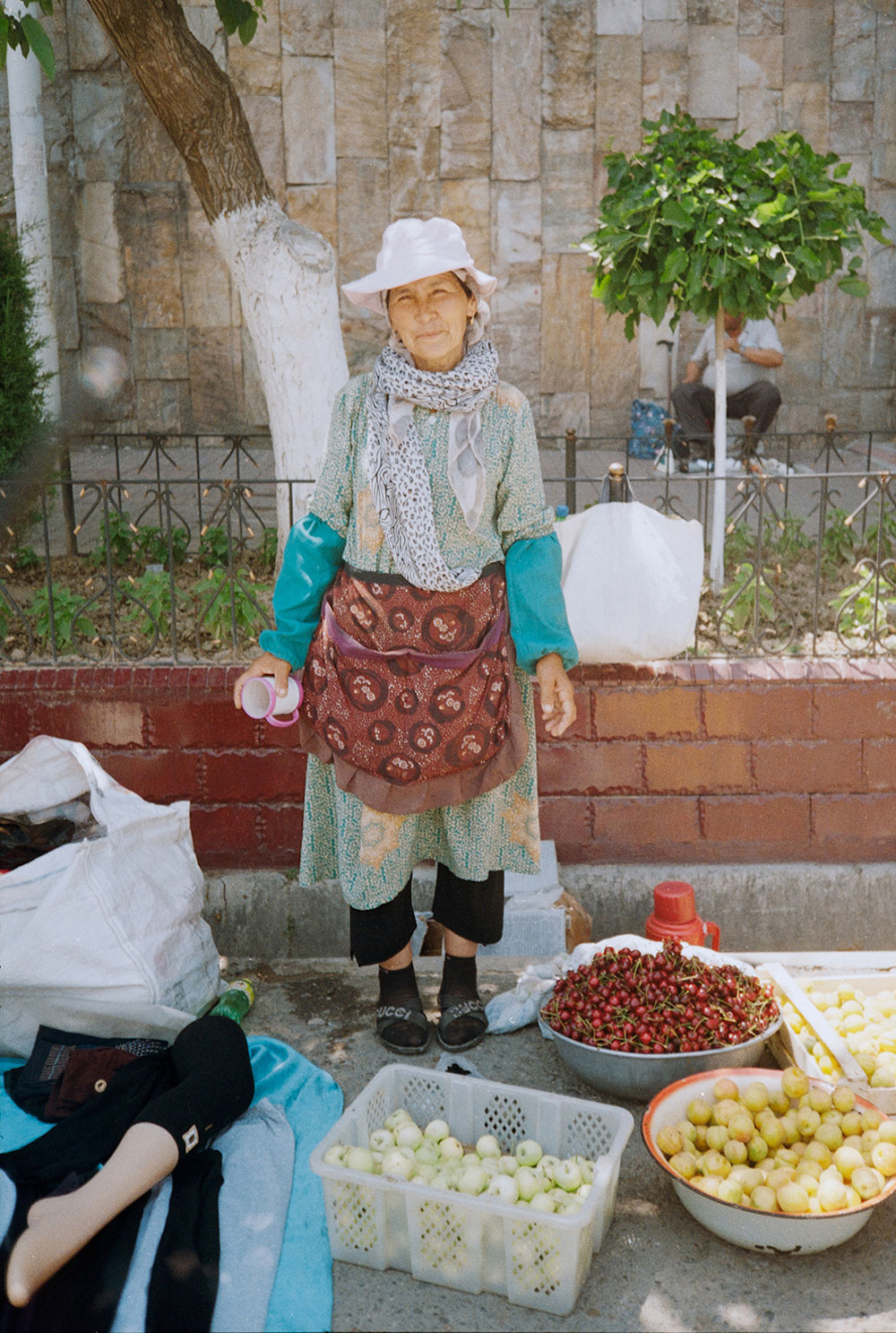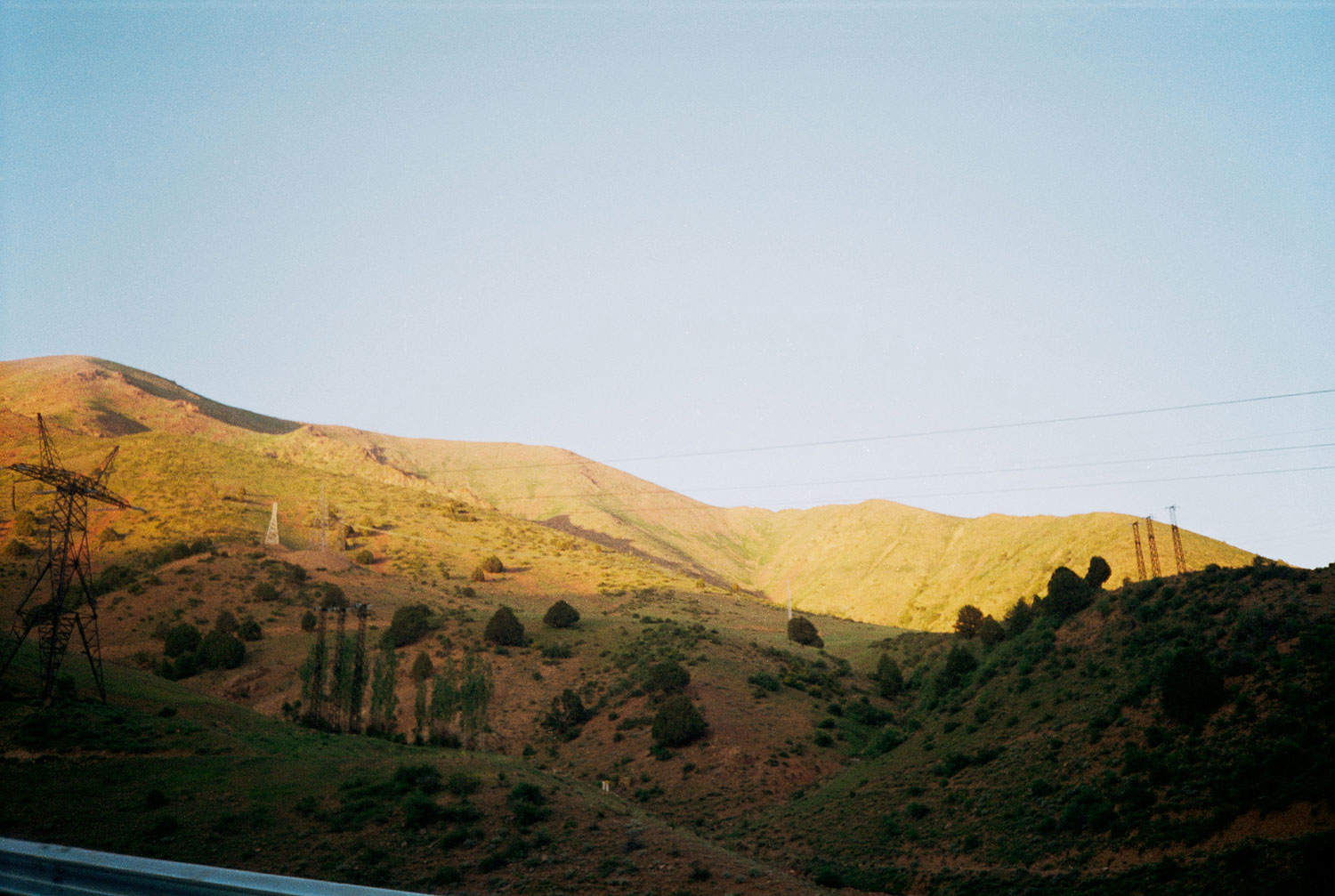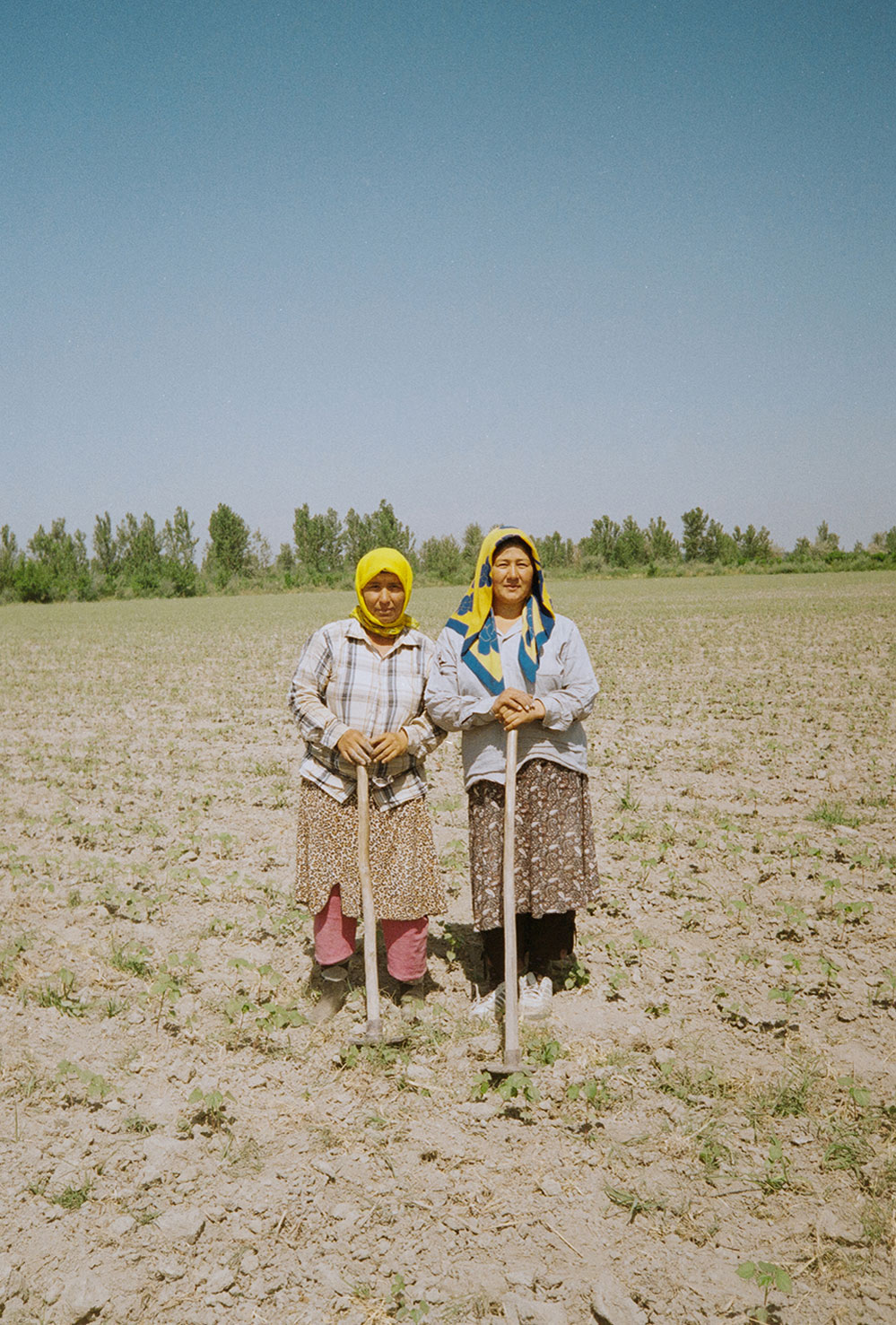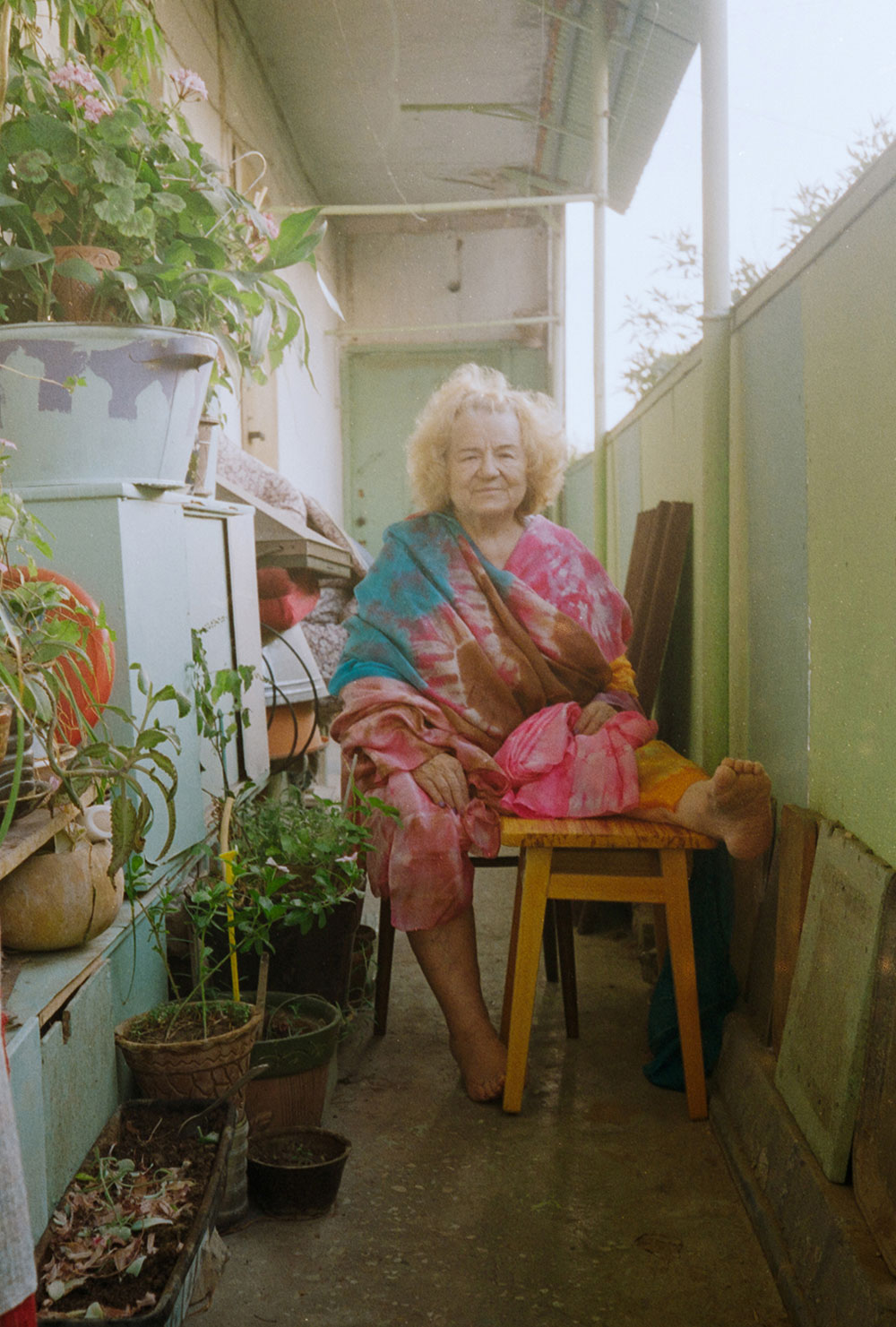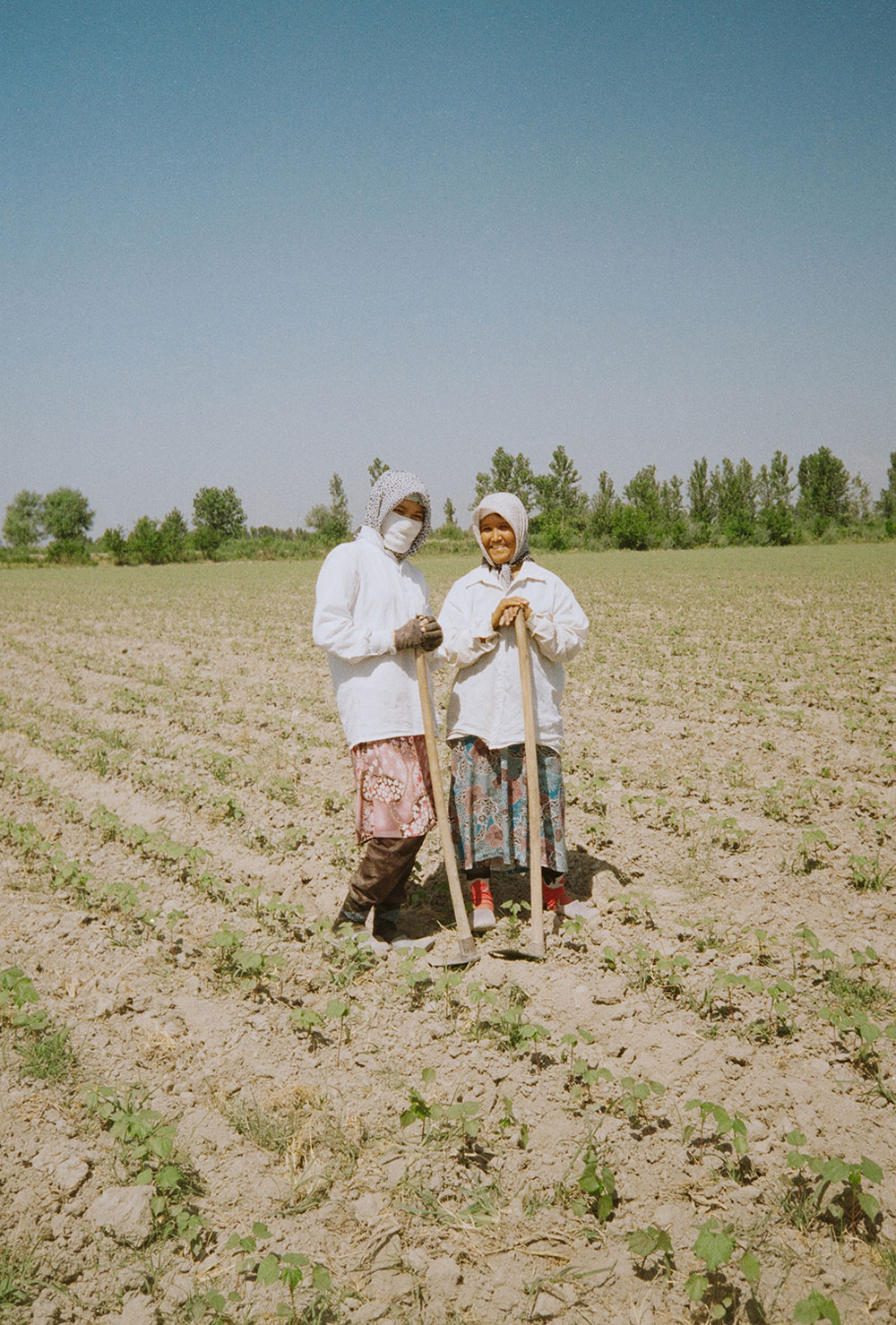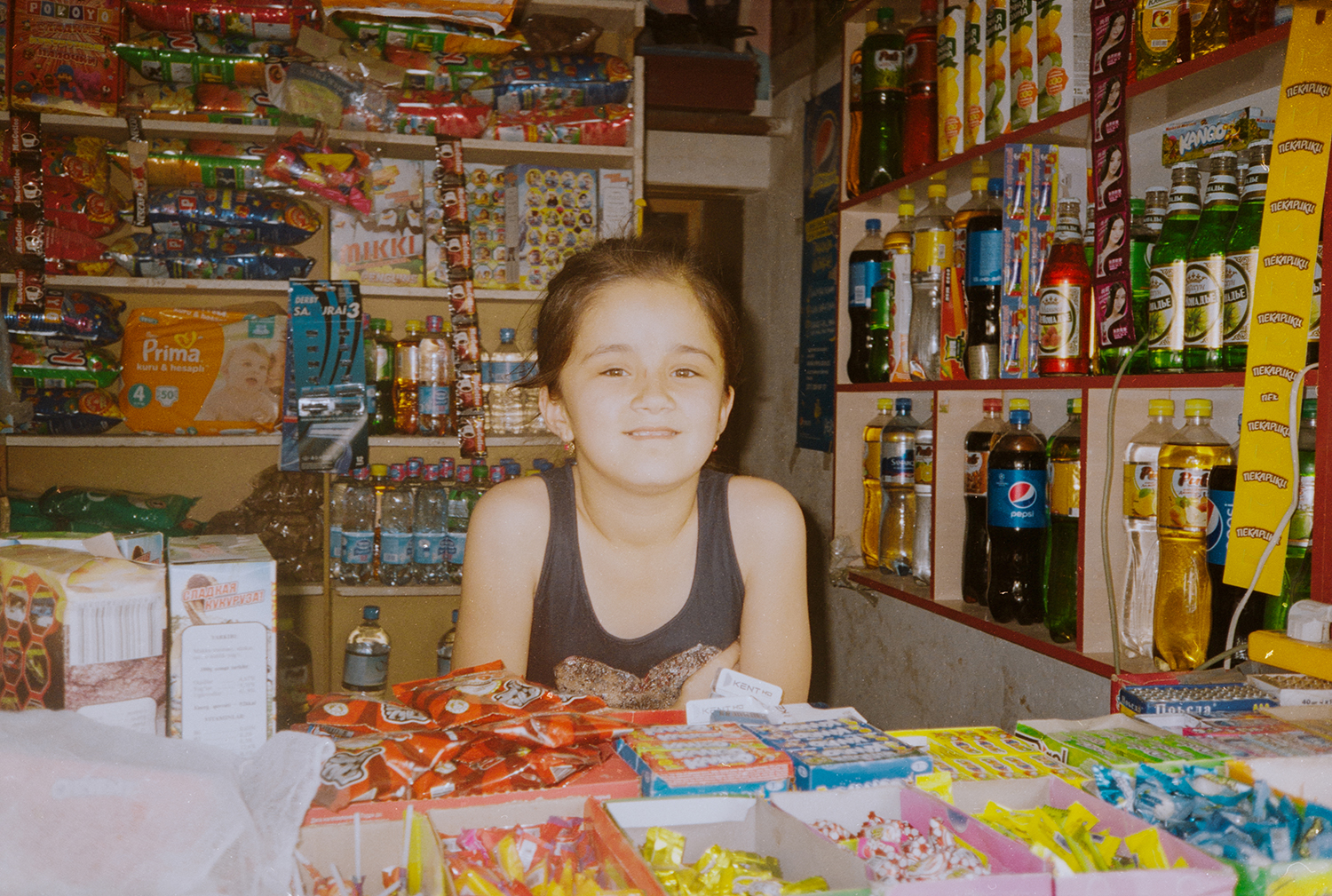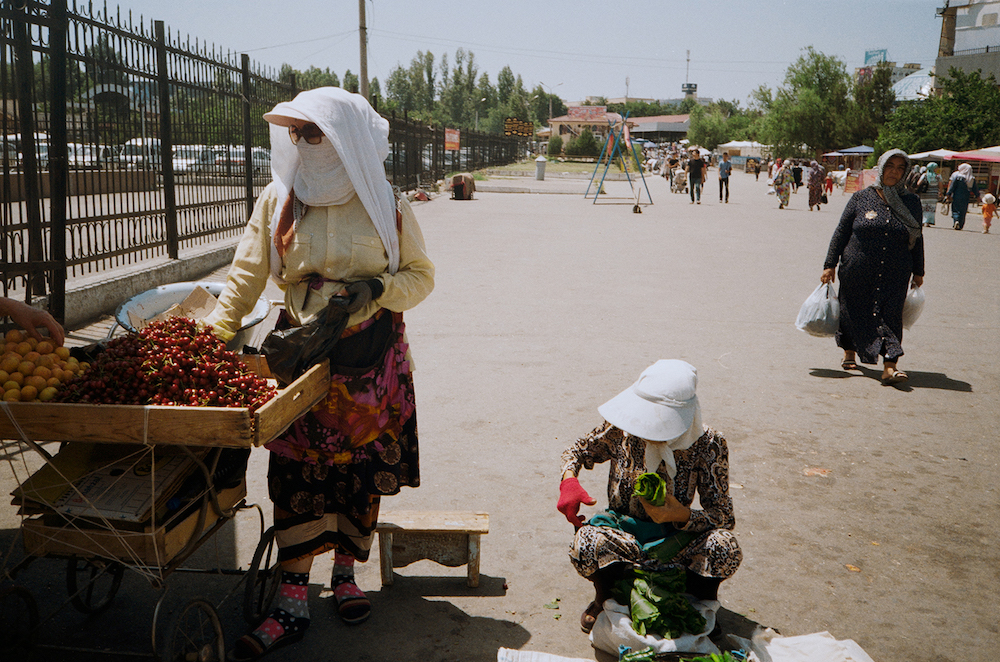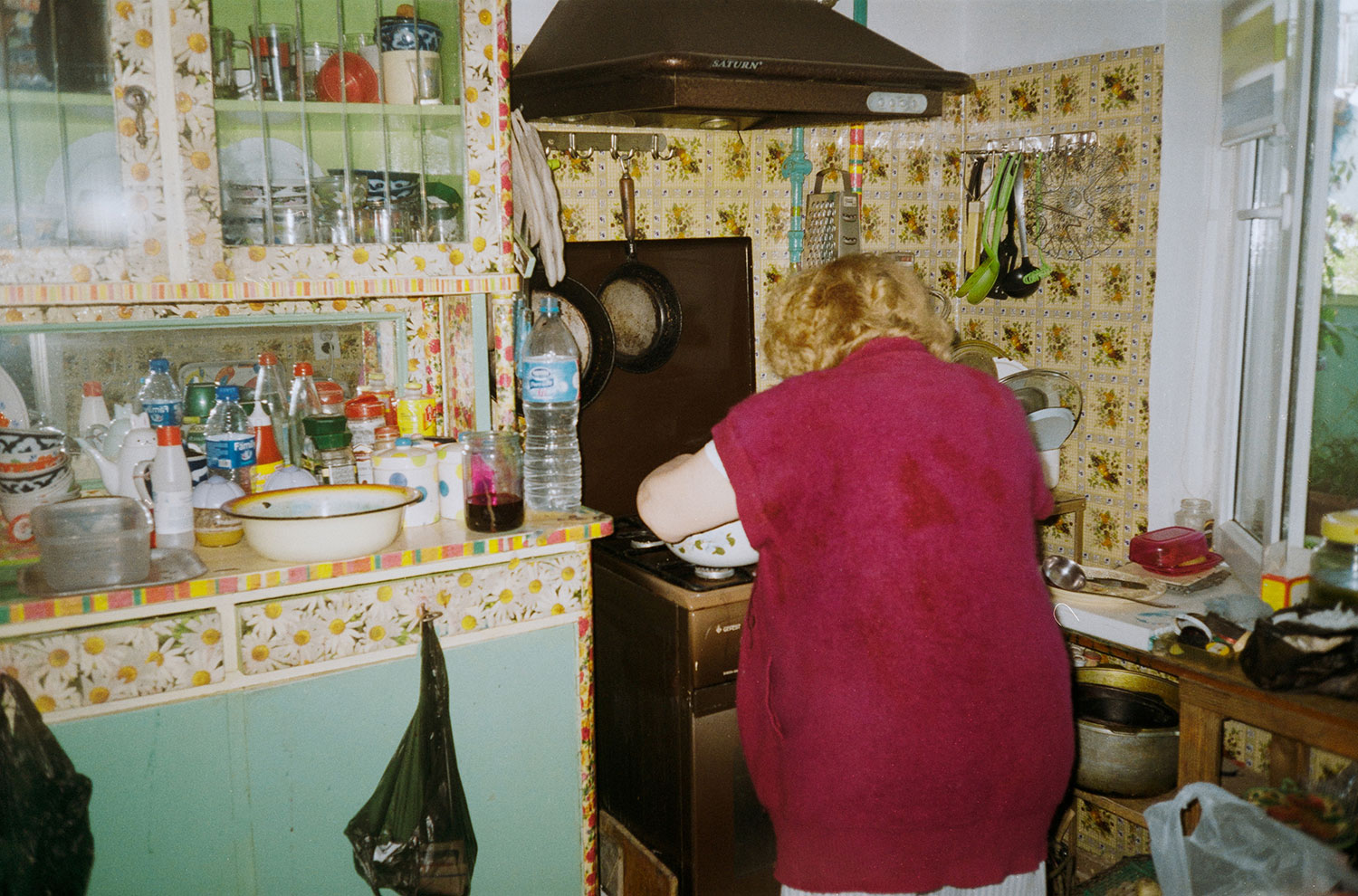A thread in time: one photographer’s inspiring search for sisterhood in Uzbekistan
Olga Shurygina travels to eastern Uzbekistan to learn about her grandmother’s craft. Her colourful photos are dedicated to the women she met along the way on the streets, in markets and fields.
It’s often personal stories that help us see the bigger picture: landscape and history suddenly come alive and ordinary objects take on a new meaning. Our personal connection to a place can provide missing links and a new way to look at the world. Olga Shurygina’s project on the women of Uzbekistan started from an urge to find out more about her grandmother and the history of her family. This personal journey led her to drive miles along the sun-drenched, dusty roads and find endless inspiration in the women she encountered on the streets, markets and in the fields of Uzbekistan.
“I wanted to go to Uzbekistan to re-establish the lost connection with the women in my family,” Shurygina recalls. “I had a lot of questions about myself, my calling, and my family’s past. This inner search eventually led me to my grandmother (also called Olga), who had always been a mystery to me. Her health was deteriorating at the time, and the thought of losing her evoked a very strong desire to visit her as soon as possible.”
“It turned out that the most inspiring thing I took away were the people”
The journey taught Shurygina not only about Uzbekistan but also her grandmother’s craft. “My grandmother Olga has lived in Uzbekistan her entire life and used to work as the head artist at a silk factory in a town called Margilan in eastern Uzbekistan. She designed prints for fabrics which were then sold in villages. Her designs consist mostly of flower patterns. She’s been painting her whole life, and continues to paint silk at home, selling her scarves to friends and the local art gallery. The money she makes she gives to the poor.”
“The first week I spent at my grandmother’s flat in Tashkent,” the photographer reflects. “She taught me to paint silk scarves, shared stories from her life, showed me her past drawings and layouts for prints on large pieces of paper. At the central market we found fabrics which my grandmother and her team designed many years ago. The flat was very small and while my grandmother napped during the day, I would go onto the roof to admire the views of the city and listen to music.”
Shurygina’s study of her grandmother’s passion is a crucial part of the story. Through photography, she turns her grandmother’s craft into a visual meditation on texture and colour — she photographed scarves draped over interiors and tied to objects and modelled by her grandmother. Her own attention to these materials channels her grandmother’s dedication to her work. The patterns and colours of her grandmother’s scarves later spill out into images from her subsequent journeys around Uzbekistan.
From the outskirts of Tashkent, Shurygina travelled to the mountains and Samarkand, but her main destination was Margilan, where her grandmother used to live and work. “In Margilan I visited the factory and the place where my grandmother used to live,” she explains. “In its place now, you find a large house covered with grapevines. Its owners let me in to take a couple of photos. The director of the silk factory showed me around because he remembers and respected my grandmother — otherwise it’s ordinarily closed to visitors. Most of the territory of the factory is now occupied by the market, so today the factory itself is very small but is still in operation. It specialises in silk and mostly caters to orders from abroad.”
The invisible memory trail served as map for the photographer’s journey, but her focus soon shifted to the people she met along the way. “In the cities, towns and villages, I saw women everywhere. It always felt as though there were more women than men. On the streets, markets, everywhere — women in colourful clothes, jewellery, with dark tanned skin and dark eyebrows. On the way to Margilan, in Fergana valley, I saw women working in the fields and stopped to take photos. Women who work in the fields start before sunrise to avoid the heat. They cover their heads and faces with scarves to avoid getting sunburnt. Almost all of them were shy when I asked to take their photo and kept repeating that they were not beautiful in their work clothes. In general, throughout my travels in Uzbekistan, I witnessed a traditional and conservative way of life, where family takes presedence and both women and men work hard for the future of their children,” the photographer reveals.
In Shurygina’s photographs, her grandmother’s craft is reflected in daily life and material culture of Uzbekistan: head scarves in all kinds of patterns, the colourful clothes of women and the dedication to their labour, somehow all refer back to the story of Shurygina’s grandmother.
“When I was heading to Uzbekistan, I was thinking that I’d be most impressed by the cities, but it turned out that the most inspiring thing I took away were the people, particularly women. My grandmother, her friends, the people of Marginal, the women working in the fields, and their kids,” the photographer adds.
In the end, Shurygina’s grandmother decided not to take the trip to Margilan with her granddaughter. “Firstly, she thought the journey would be too hard, and secondly, she admitted that she wasn’t sure how she would take it, as she hasn’t been there for 20 years. Before I left for Margilan, she asked me to bring sweets and water to give to everyone I photograph.” In a way, Shurygina’s project contains a very important lesson about return. Even if the place has changed, and you can’t take the journey yourself — the connection still remains.
Throughout this week we’ll be sharing features celebrating female creativity across the New East. You can follow the #WomensWeek project here.
Text: Anastasiia Fedorova
Image: Olga Shurygina
